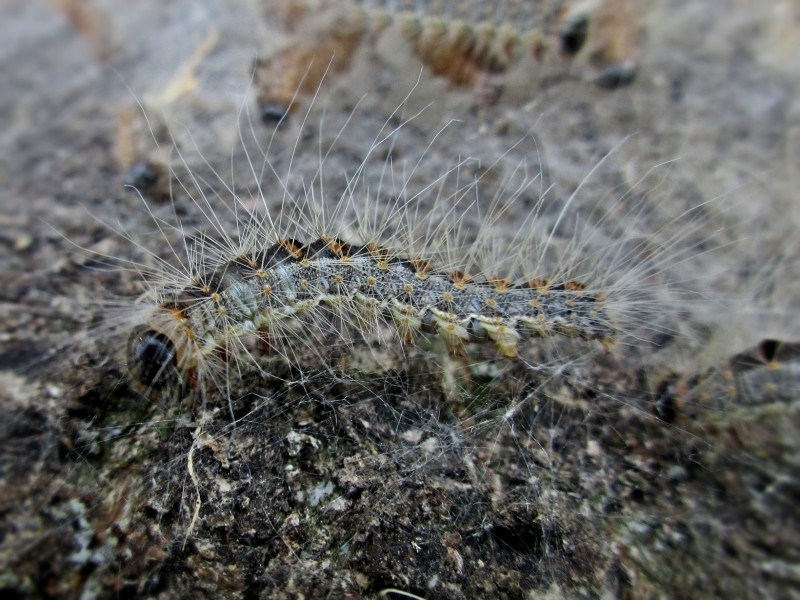The city of Antwerp has received reports of the first oak processionary (Thaumetopoea processionea) caterpillars of the year causing a nuisance to residents.
The fuzzy caterpillar, often found nesting in and near oak forests, pose a problem to humans due to the striking hairs that cover their body which can cause skin irritation and - in extreme cases - cause damage to airways and eyes.
As the arrival is a yearly occurrence in Belgium, the city of Antwerp removes caterpillar nests on public property when they inconvenience passers-by. Citizens can make reports online or the municipal contact centre.
Nests are removed along cycle paths, busy hiking trails, or playgrounds by manually picking or vacuuming them. Numbers are additionally controlled due to the caterpillars being on the menu of many local insets, birds and bats.
"In nature reserves and in locations where the caterpillars do not cause any nuisance, the city will not actively remove nests," the city said in a statement. "After all, as a native species, the oak processionary caterpillar has its place in nature,"
In addition, the city is managing its grasslands by mowing less. Natural enemies of the oak processionary caterpillar, such as the ichneumon fly or the ichneumon wasp, feel at home in the wild grass.
"Eventually, the caterpillar pupates into a harmless moth. The park managers of the city of Antwerp do place warning signs in places where the oak processionary caterpillar is present. Affected trees are marked with ribbons," the statement added.
Anyone who has come into contact with the oak processionary caterpillars is advised not to rub or scratch their skin and eyes and wash their clothes.
Reports can be made at www.antwerpen.be, by emailing info@antwerpen.be or by calling 03 22 11 333. They will inform the Green Department, which will have the nests professionally removed.
The Brussels Times

